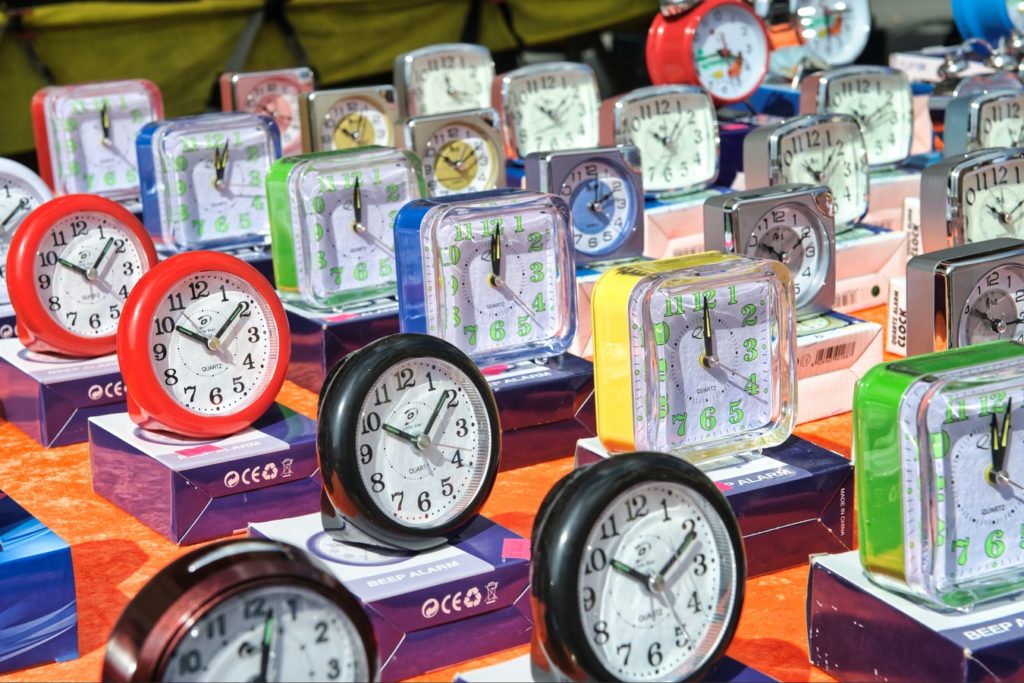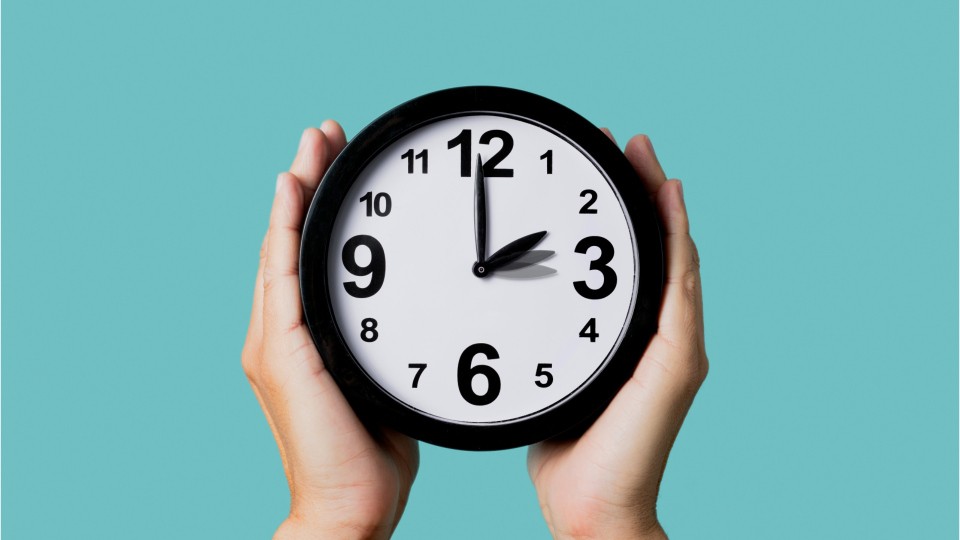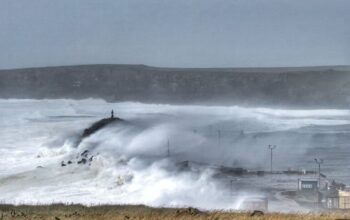On Sunday, Nov. 1, most Americans will push their clocks back an hour, as daylight saving time (sometimes erroneously called daylight savings time) comes to an end. In March 2021, daylight saving time will begin again and we’ll set our clocks forward by an hour in those regions that observe DST. These fall and spring clock changes continue a long tradition started by Benjamin Franklin to conserve energy.
Written content by Jeanna Bryner from Live Science

Here’s a look at when daylight saving time starts and ends during the year, its history, why we have it now and some myths and interesting facts about the time change.
When does daylight saving time start and end?
Historically, daylight saving time (DST) has begun in the summer months and ended right before winter, though the dates have changed over time as the U.S. government has passed new statutes, according to the U.S. Naval Observatory (USNO).

Starting in 2007, DST begins in the United States on the second Sunday in March, when people move their clocks forward an hour at 2 a.m. local standard time (so at 2 a.m. on that day, the clocks will then read 3 a.m. local daylight time). Daylight saving time then ends on the first Sunday in November, when clocks are moved back an hour at 2 a.m. local daylight time (so they will then read 1 a.m. local standard time).
In 2020, DST will began on March 8 and ends on Nov. 1 in the U.S., when you’ll set the clock back an hour and the cycle will begin again. Daylight saving time in the U.S. will begin again on March 14, 2021, according to timeanddate.com.
How did daylight saving time start? Read more from Live Science.
Follow News Without Politics for more interesting, important, and relevant U.S. news stories without media bias.
Stay informed daily with the latest breaking unbiased news.
Stay connected, subscribe to News Without Politics here:




